In simple terms, the more photographs you take, the more experience you gain. As they say, “the more the clicks, the better the pics”. It seems like an inevitable formula, right? But like many things, it’s easier said than done. Maintaining a constant flow of photographic material, let alone inspiration is hard work.
The dreaded photographer’s block means you can find yourself shooting one minute and stuck in a creative lull the next. Fortunately, there are plenty of small tasks you can set for yourself to break out of a rut. Doing a themed photo walk is a great way to get those creative juices flowing, with the added bonus of getting your daily step-count up in the process as well.
What is a themed photo walk?
A themed walk is just that. First, you select a theme. Then, armed with a camera, allow yourself to be guided by wherever your photography legs may take you. When you see a subject that fits your theme, take a quick snap and move on. The goal is to accumulate a body of photographs pertaining to the theme you preselected before you set off.
While taking a few random shots to shrug off a creative lull works well. But pot-shots make it hard to build up a series to revisit later. By taking on a themed photography outing, you’ll quickly fall back into the habit of actively seeking details and subjects, focusing your creative energies into a body of work with greater substance.

Themed projects are a great excuse to document the world around you. Under the theme “desire paths” I photographed this series of pebbles – unearthed on a well-worn trail I take home.
Choosing a theme
The first step in this exercise can prove to be the hardest. Selecting a theme will define what you’ll be photographing on your walk. There are so many options to choose from, it can be hard to settle on a single one. Good themes are built on a strong idea of the target subject. A single color, shape, or pattern are simple yet effective choices, as are subjects that you’ll encounter frequently on your walk.
You may be tempted to choose a few themes at once, but focusing on a single idea will help construct your series with much greater detail. Plus, this project is about easing back into photography, not racing around madly trying to photograph as much as you can in a day.
Themes I’ve chosen in the past include dumpsters, traffic lines on roads (look out for traffic if you choose this one), spent cigarette packets, and squashed aluminum cans. As long as you don’t choose subjects like rain on a sunny day, you can’t go wrong. Once you make your selection and set off, you’ll be amazed how quickly you develop a discerning eye for your topic.

For this photo walk I initially planned to photograph trees, though I let the theme evolve into a study of tree trunks instead. To draw greater attention to the form in each unique profile, I converted the images to black and white. Having the images arranged in a grid highlights the subtle differences in the subjects photographed.
Setting Off
Once you’ve settled on a theme, you’re ready to go. Start by having a good look at your surroundings. Depending on your theme, you may encounter photographic subjects as soon as you step out the door. Others may take a little more searching. Take your time and enjoy the process.
There are no hard and fast rules here. If you realize you’ve chosen a difficult subject, select a different one and start on that instead. This process is for easing creativity-fatigue and taking the time to see detail in your environment. Although this exercise is rewarding when used to create a series, the action of taking some downtime to work on your personal photography is what matters most.

If, like me, you often find yourself time-short, try taking just a few snaps over the course of the day. I put this brief “yellow” themed series together while getting some fresh air on a lunch break. Once I had decided on my theme, it was a lot easier to pick out subjects to photograph.
Pulling it together
After you feel satisfied you’ve taken a solid amount of photographs, you’re ready to head home. Once you get back to your computer, it’s time to check out your handy work. So far, this project may have seemed a little sporadic, especially if you’ve chosen a broad theme. But this part of the project involves pulling all the images together to form a cohesive body of work.
Upload your images to the computer as you would normally and have a look over them with your preferred viewing software. Open a new document in Photoshop, select a few of your favorite images from your themed photo walk and drag them onto your canvas. Carefully resize each image so that they fit together in a neat grid. Make sure you hold down the Shift key while resizing images to maintain the aspect ratio of your photograph.

Select your favorite images from your themed photo walk and drag them onto a new document in Photoshop. Remember to hold the Shift key down to maintain the image’s proportions.
As you build up the images in your grid you’ll start to see how easily your hard work comes together in a series. Although you may want to experiment with the order of your photographs, your overreaching theme will make a big difference in tying your series together. It doesn’t have to be perfect, and you don’t have to use every image you took on your walk. Just pick whatever you feel works. Once you have your images sorted into the one canvas, you are ready to share and can post the results in the comments below for us to see.

Experimenting with the order that your images are arranged highlights the subtlety involved in creating a successful series of images. Working on a particular theme simplifies this process, leaving you to focus on the details that make the layout work.

Another variation of my road signage themed walk. Don’t be afraid to change up your layout and experiment until it feels right.
The benefits
Aside from the exercise, themed photo walks help channel your photographic energy into a body of work. No matter how broad or focused, taking photographs within a specific theme widens your photographic experience and enhances your eye for detail. Hunting down subjects within a deliberately selected theme will help you create images you might never have considered before.
This will also help you to visualize future projects and help you pick out elements in photographs that work cohesively in a series. It’s a great way to improve your practice and get your head back into the photography zone.

I took these images under the theme “looking down”. I plodded around with my camera pointed toward the ground for a few hours just to see what I could find. The results made a unique series built upon an unusual perspective.

Another themed walk collage.
The post How to do a Themed Photo Walk to Break out of a Photography Rut by Megan Kennedy appeared first on Digital Photography School.




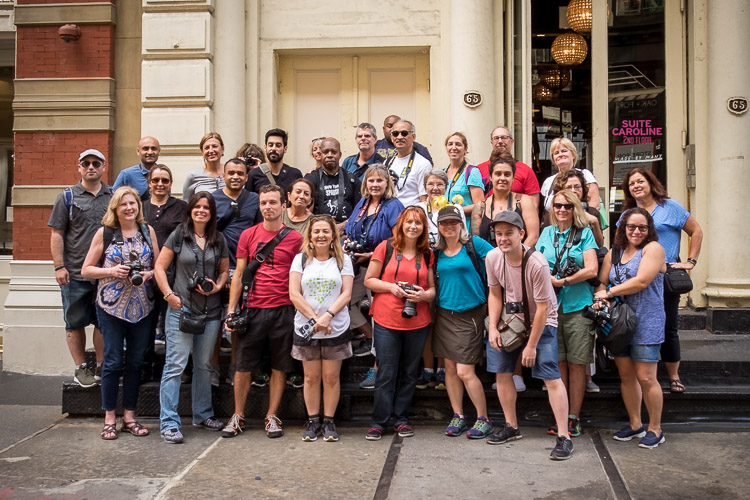







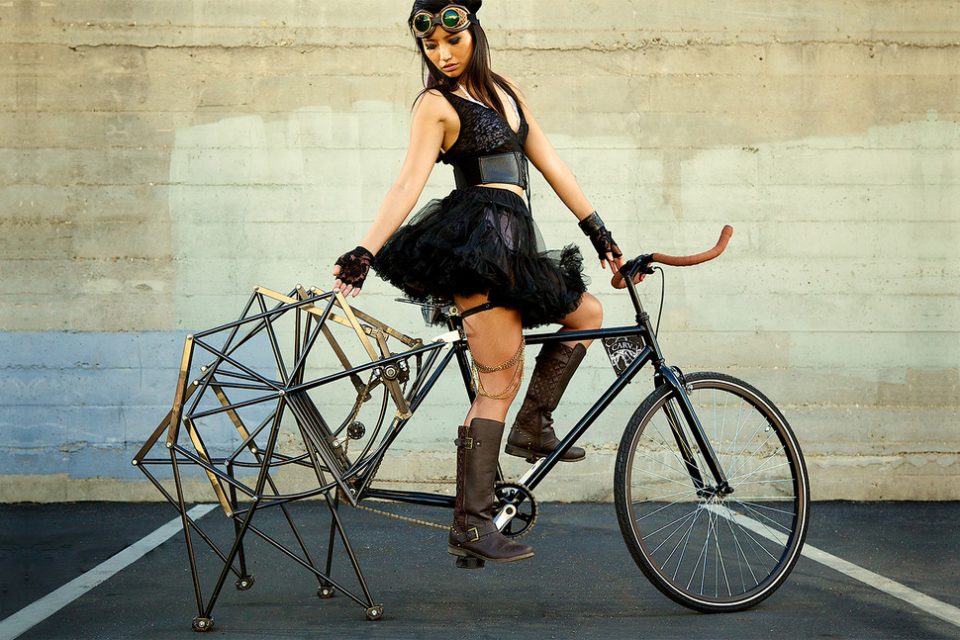
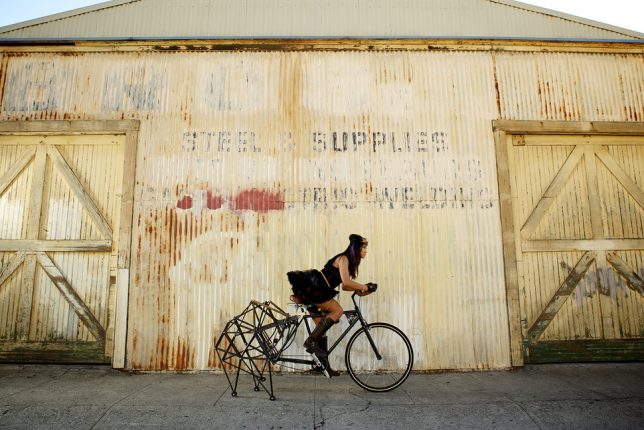
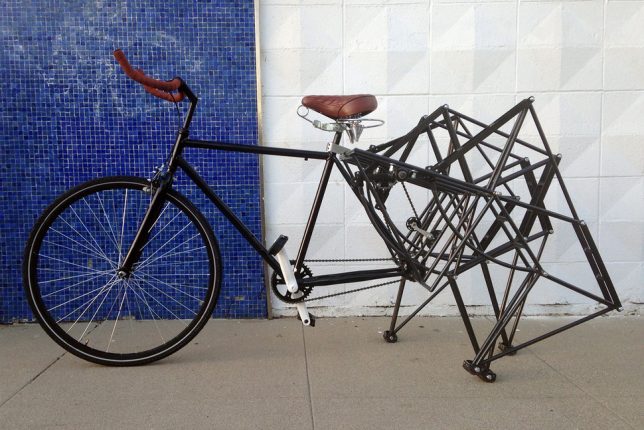
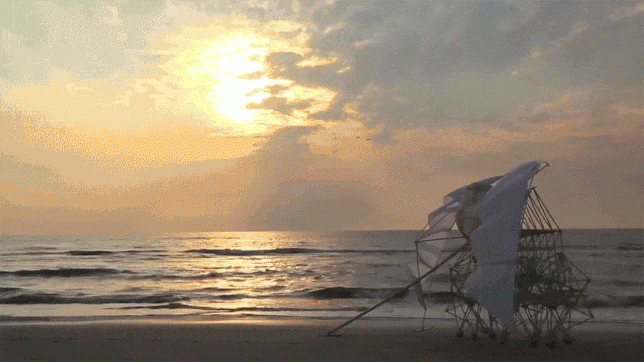




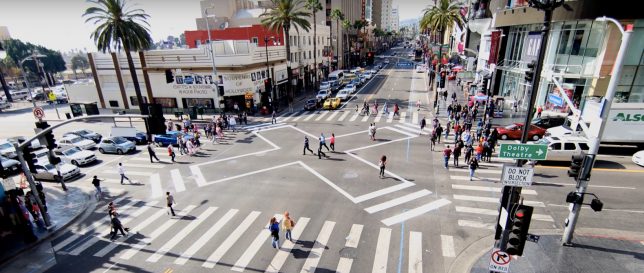
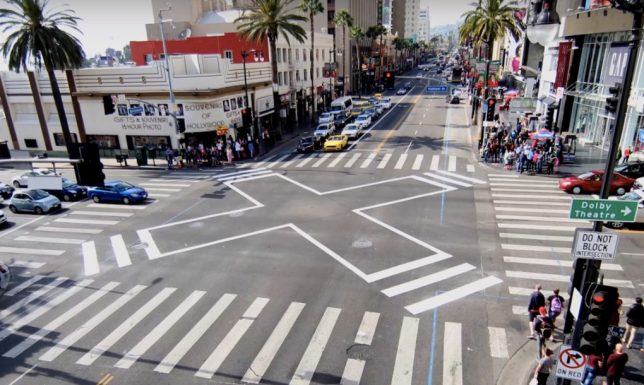
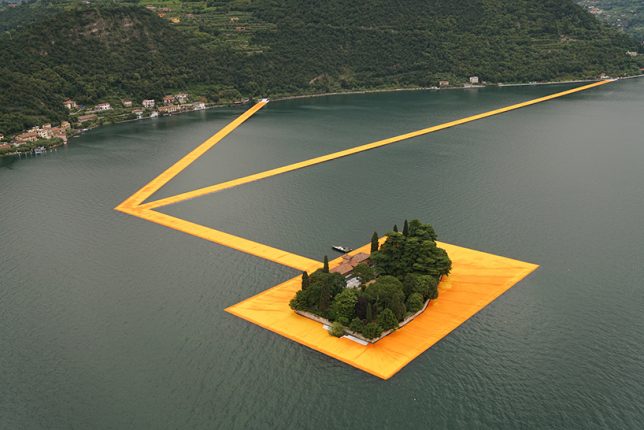
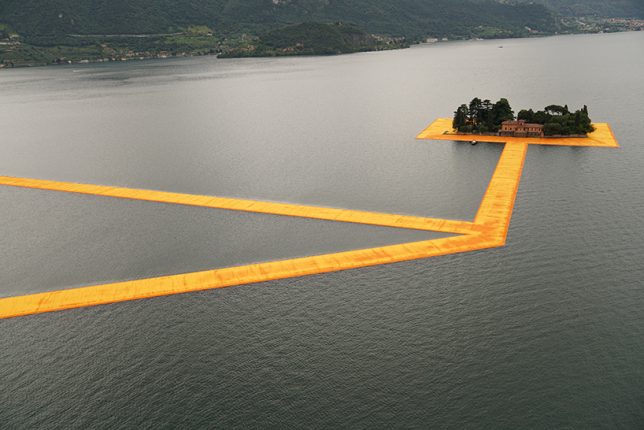
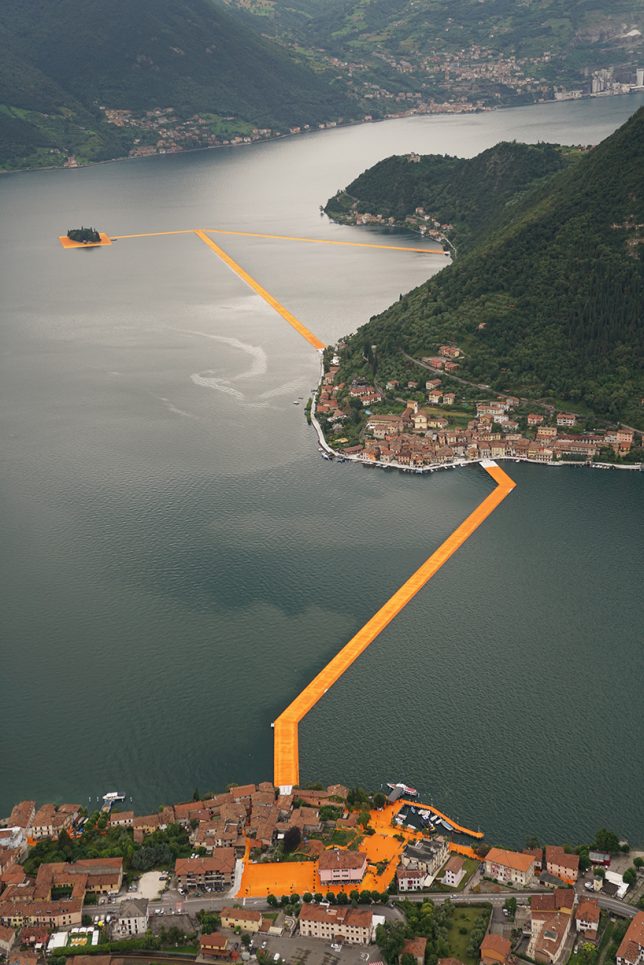
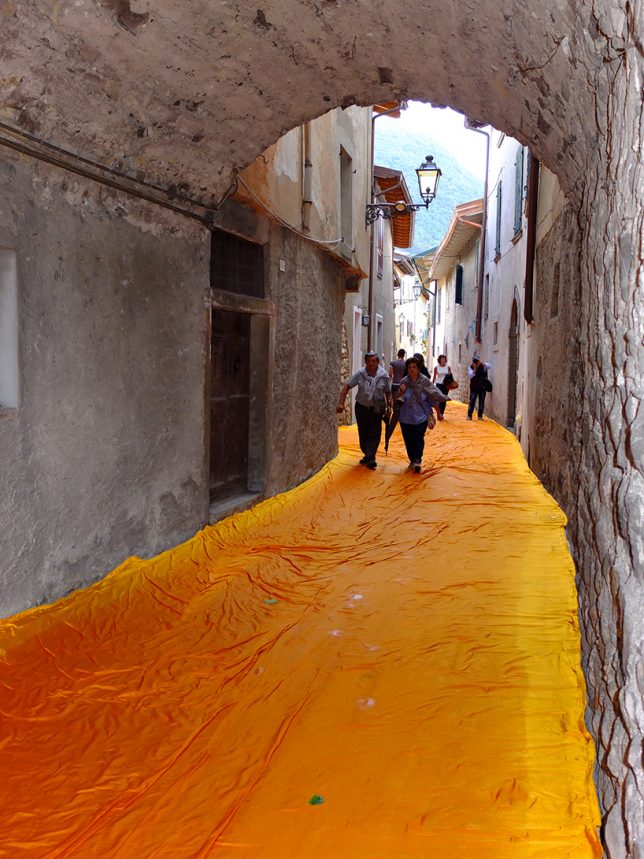
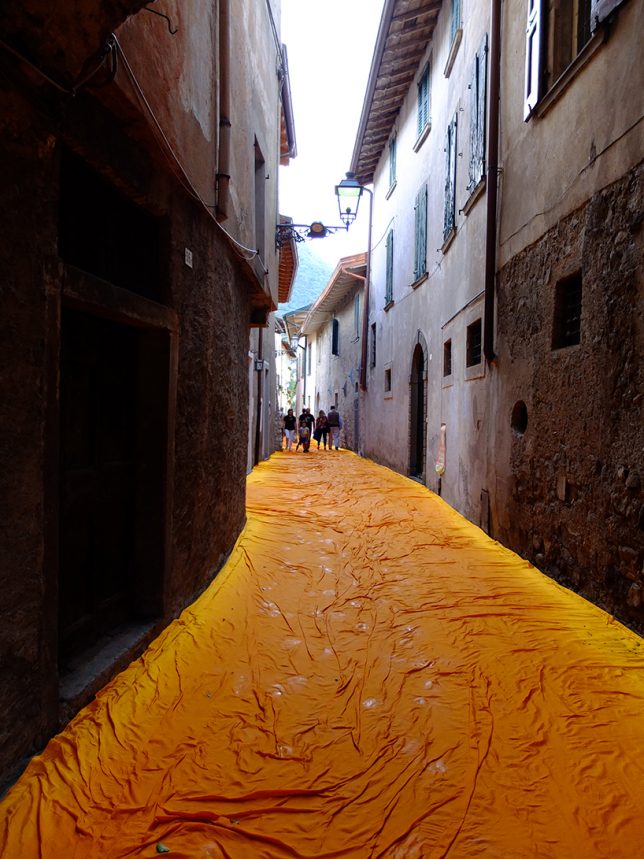
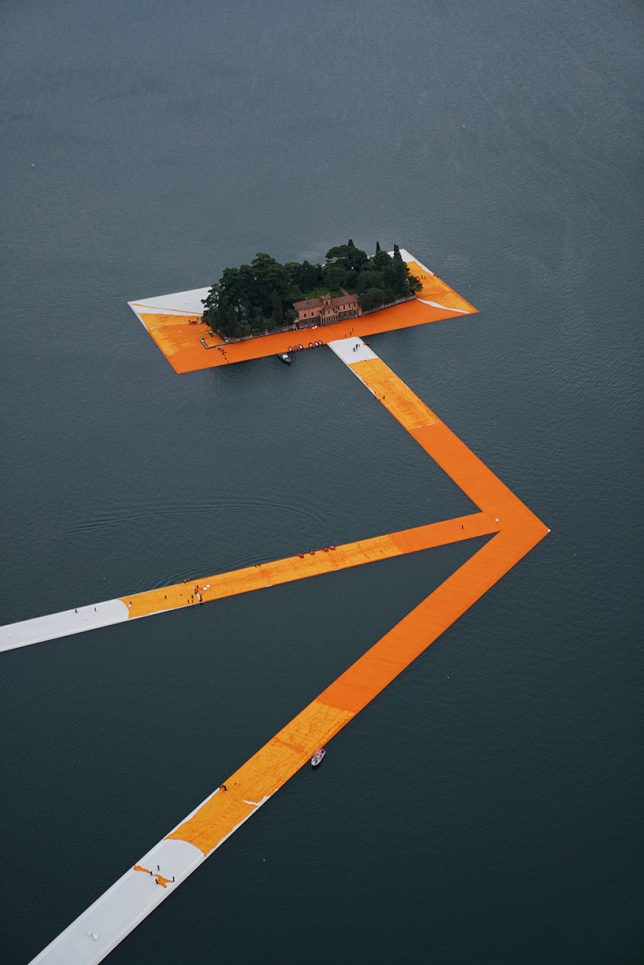
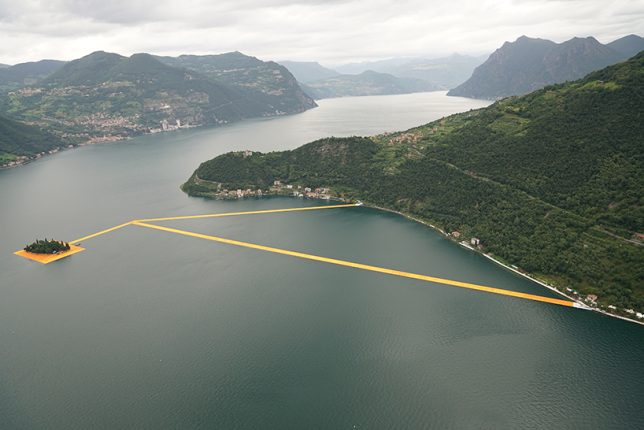
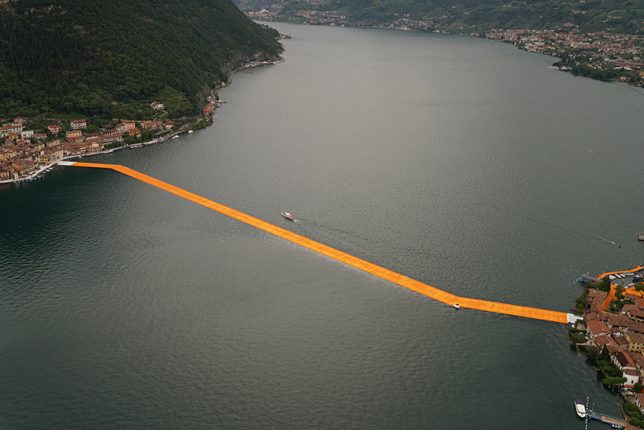


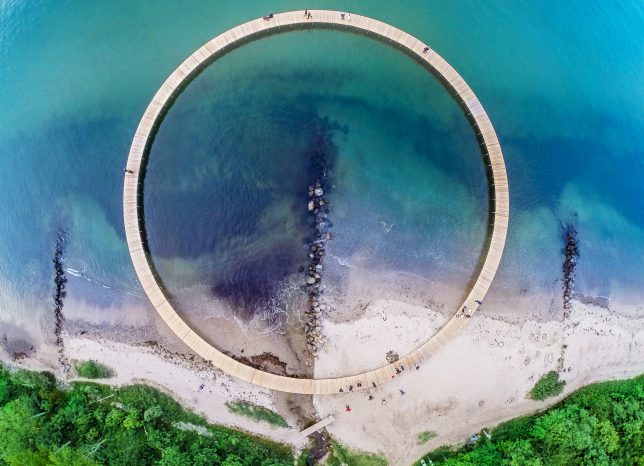
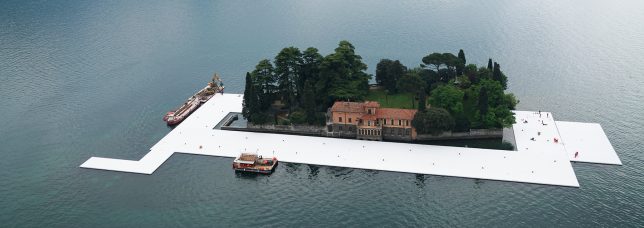

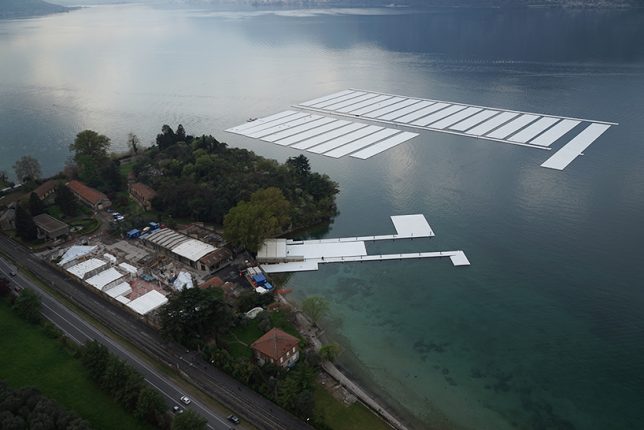
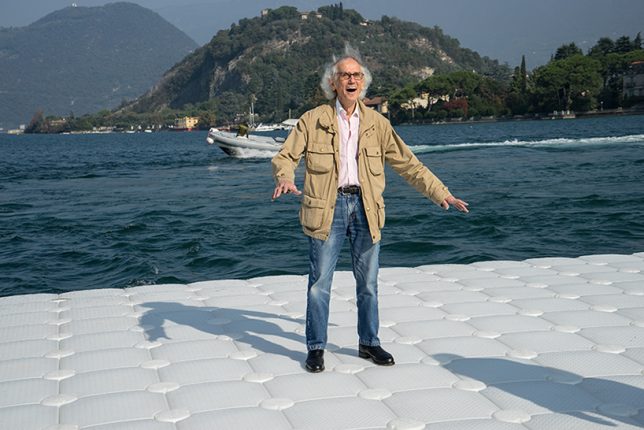



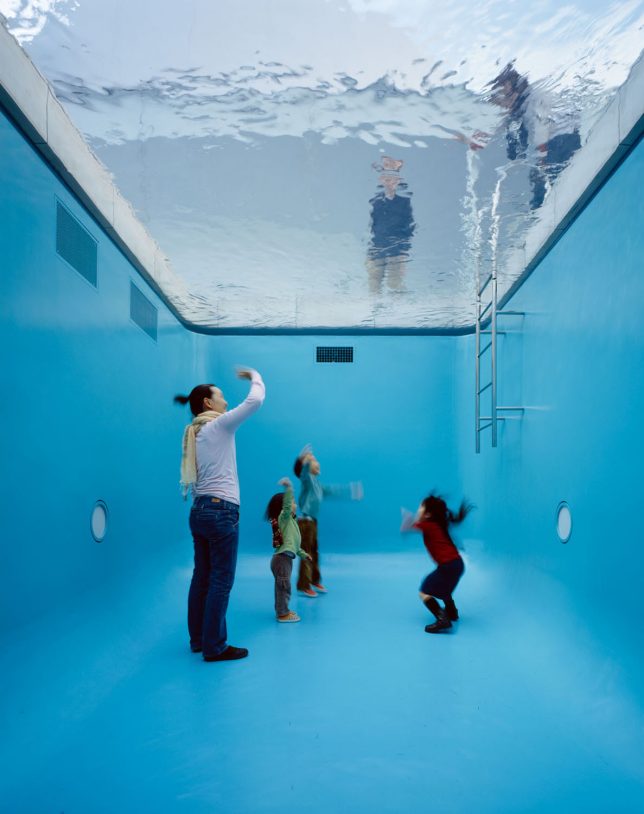
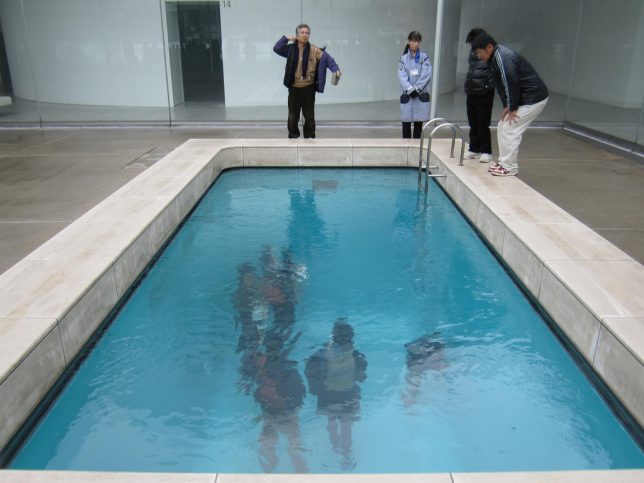
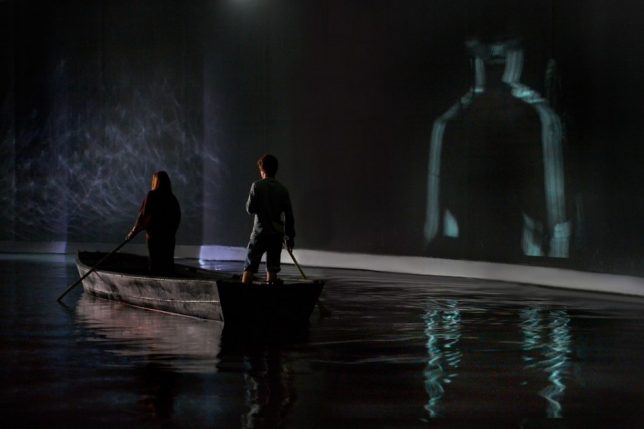
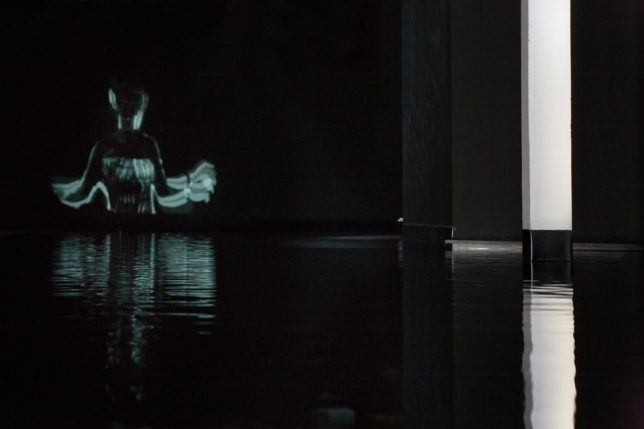

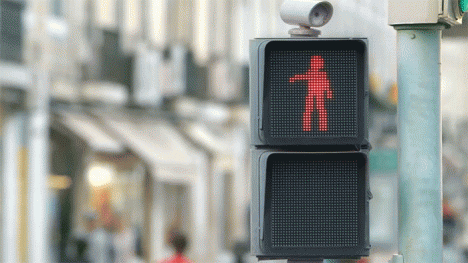
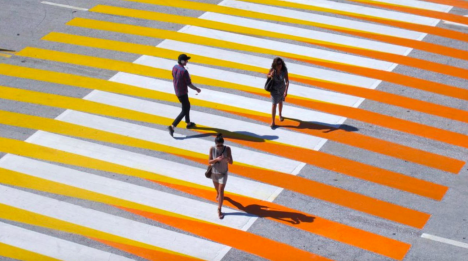
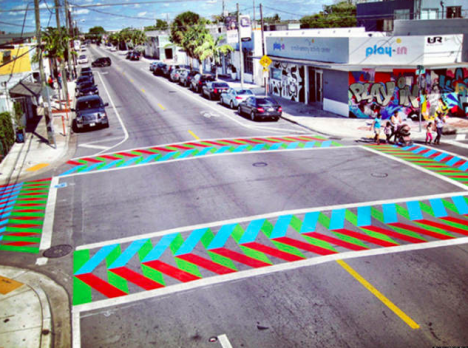
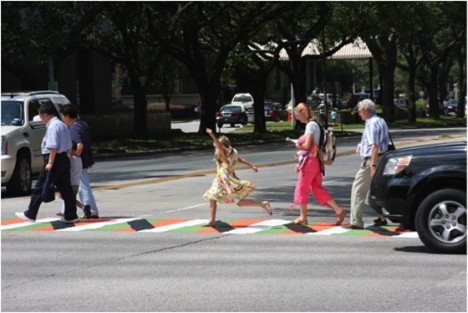
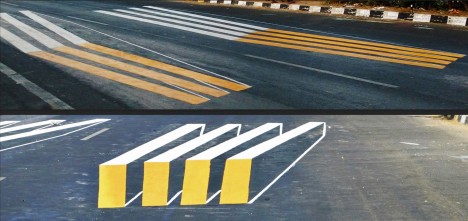
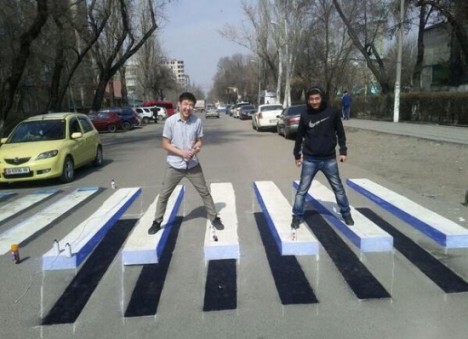
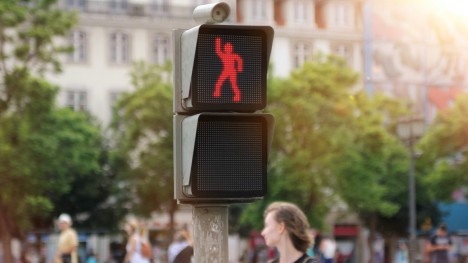
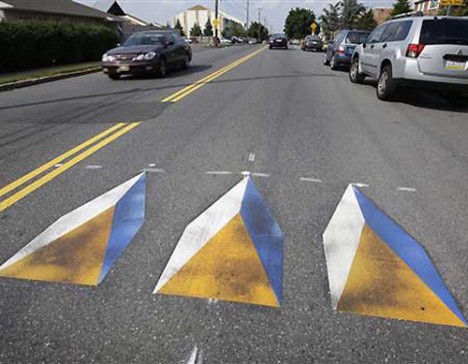
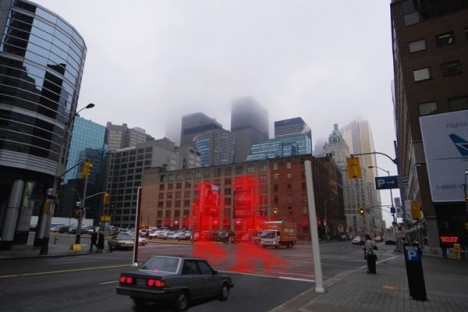
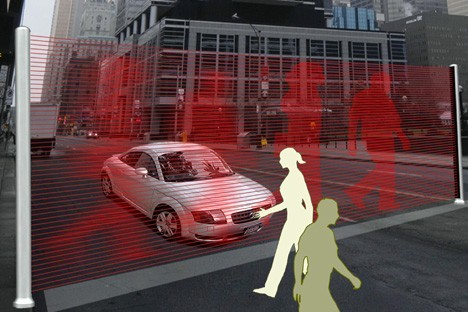
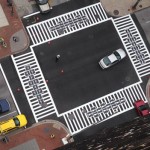

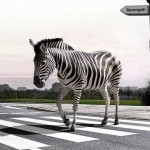




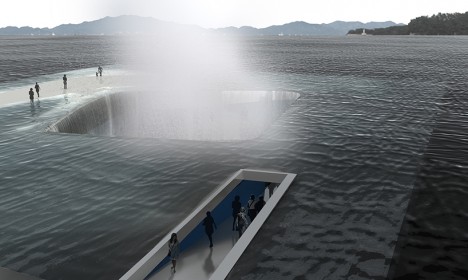
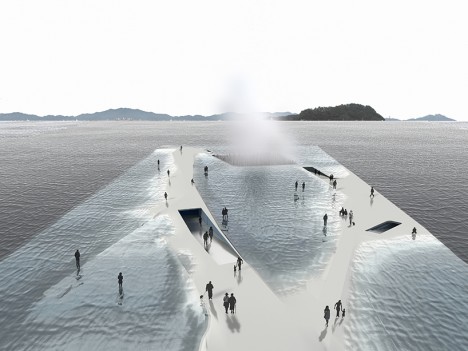

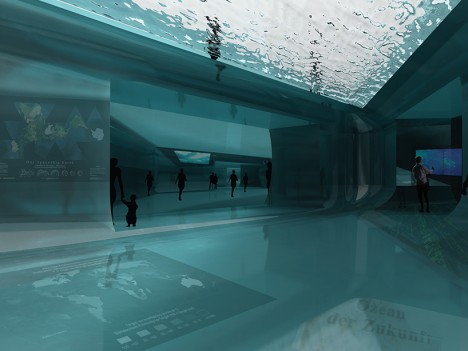
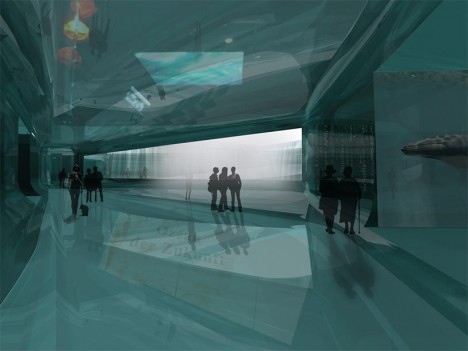


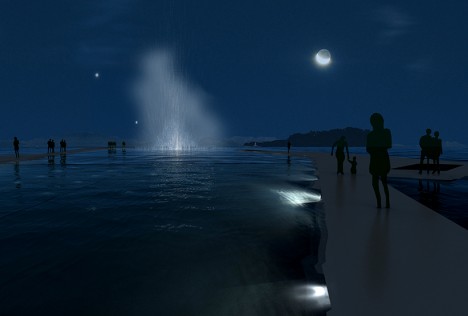
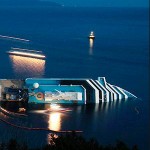
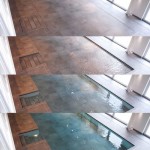

You must be logged in to post a comment.